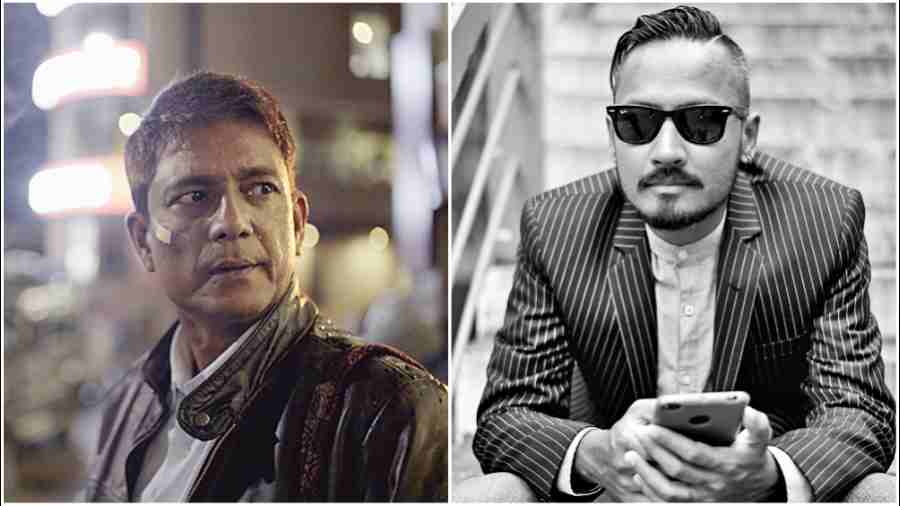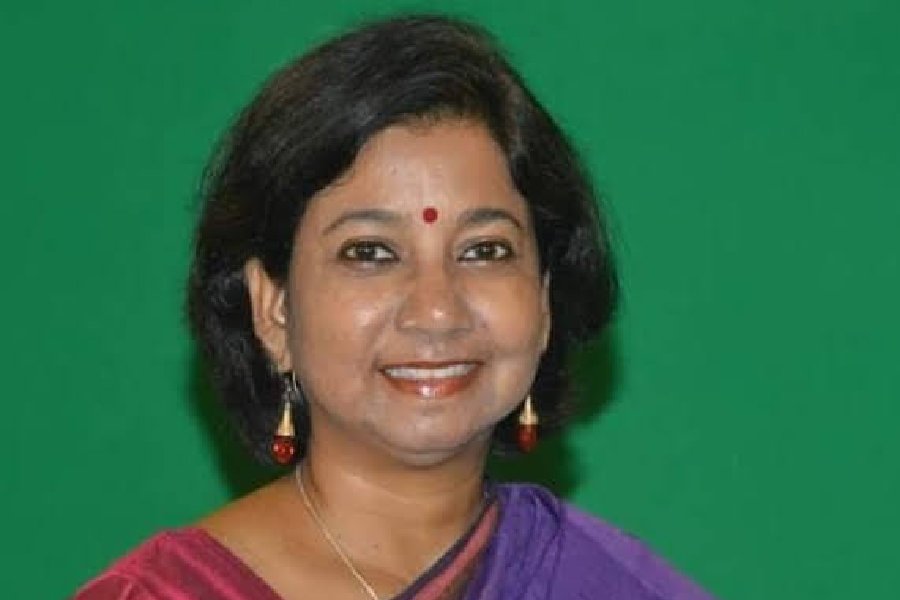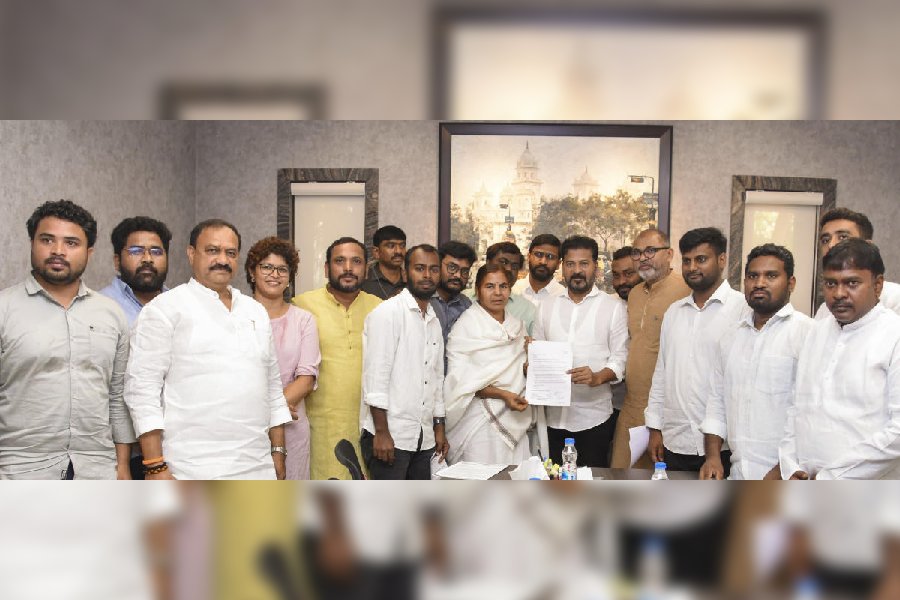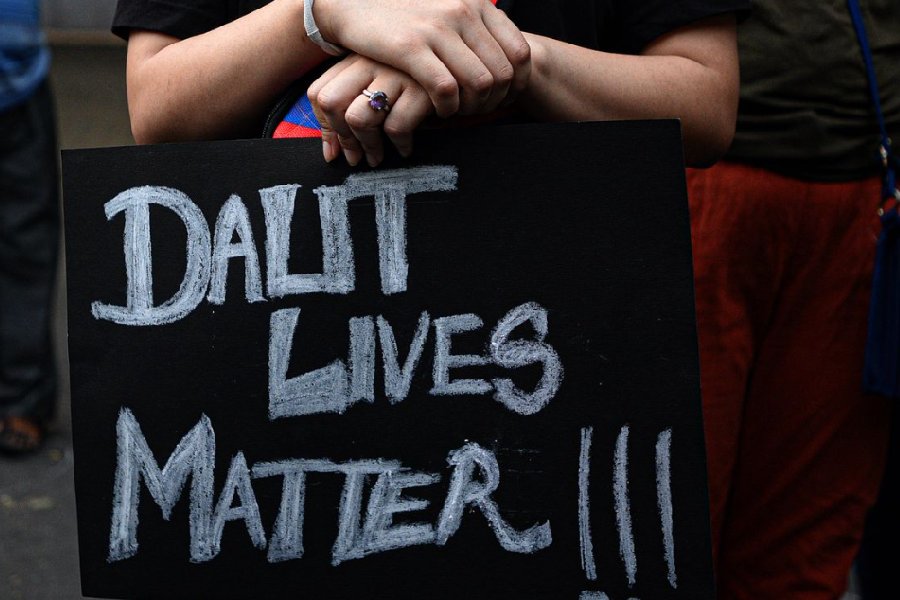“It’s almost like these people don’t need to be understood; they need to be saved.”
That’s how Wanphrang Diengdoh, a 37-year-old filmmaker from Shillong, sees mainstream cinema’s portrayal of the Northeast, or any part of it. Speaking to The Telegraph from his home in the hills, he explains, “If you look at films that are set in the Northeast, especially Bollywood films, there’s always this tendency for the region to be saved or the characters to be salvaged, reformed by this larger idea of India.” And then he adds, “These are difficult times...”
Diengdoh’s debut feature film Lorni – the Flaneur was released in 2019. It has been critically appreciated and has bagged accolades, both in India and abroad. It is formatted largely as a noir film — a style of filmmaking involving a crime drama and featuring a detective protagonist, sleazy surroundings and dim lighting, all tethered by a pessimistic tone. But first and foremost, it’s a Khasi film that tries to examine life and times in Shillong. One can even say that Shillong, with all its pulls and pushes, is the lead character.
The face of the film is the popular Adil Hussain. The actor plays Shem, a private investigator haunted by his own uneasy past. Not being of pure Khasi lineage, Shem is considered an outsider, derided in one scene as a “half-bred”. Anyone who isn’t indigenous is often mocked as a dkhar.
“When I read the script, what struck me was this layering of the social existence of a very ancient society,” says the actor, who sees his own being as a mingling of various ethnic identities. “My mother’s mother was half Mongoloid and half English, my mother’s father was Iraqi, my father is from Assam... I grew up in a place where we spoke Assamese and Bengali, studied both Assamese and Bengali literature... So I wonder, what is this idea of a pure breed? Does it make any sense?”
In Lorni, one of the first lines is “Who are you and where are you from?” Not unexpected, as Diengdoh is the writer too.
From growing up in a place where he was not part of a minority community to studying in Delhi’s Jamia Milia Islamia and living as a Khasi student in a Muslim neighbourhood — “a minority within a minority,” he says somewhere — “it was a period that informed his understanding about how this country works”.
Identity is indeed Diengdoh’s main subject of inquiry, as is the politics of it. His 2015 documentary Between the Forest and the Song explores the song-naming tradition in Kongthong, popular as the Singing Village, in the East Khasi Hills and the implications of modernity in tribal spaces. Because We Did Not Choose, which was shot over a period of four years, is a documentation of the journey made by the labourers from the Northeast to the theatres of the First World War.
Diengdoh’s technique in Lorni, however, displays itself as lightly worn. Quite like a flaneur, the film moves slowly at first, sometimes delving into the unrecorded past and bringing to the surface beautiful cinematic representations of myths and folklore. At other times it sifts through shades of exclusion that co-exist in contemporary Shillong, rambling through dark alleys that the maker “knows like the back of his hand” and which only the haunting music seems to be able to fathom.
“One of the main forms of Khasi communication has always been music,” says Diengdoh, who has been part of various music bands. He continues, “The region is rich in both folk and contemporary music. And Western music just found a natural home because of the early influence of English education and the Church hymns when the missionaries arrived.” It is, however, all participatory and is not aimed at putting the artist on a pedestal, adds the filmmaker, who uses expressions such as “creative choice” and “conscious effort” liberally.
He recalls having read a review that said he ought not to have mixed folktale with noir, and laughs. To them, “I show the middle finger... I’ve made a film on a non-existent budget and what have the rest of the big-budget films done with their fancy stars and hundreds of crores of rupees!” And what would he do if he were given enough resources? He replies: “I would still choose to make a film a certain way, steal that moment of reality, immortalising it on screen.”
Lorni is one of those films that constantly make you question reality. “It is not that I agree or disagree with what the film is saying, but what I found fascinating was the questioning — what is new, what is ancient, what is evolution, who is an insider and who an outsider... And this at various levels — linguistic, tribal, nationalistic. Most films in India do not question these notions,” says Hussain, who came into the picture not quite by design.
After having assembled most of his cast, Diengdoh was on the lookout for his lead. One thing led to another, and Hussain stepped into Shem’s shoes, sipping tea, smoking a bidi, trying to figure out the disappearance of cultural artefacts from a wealthy household.
Spirit of enquiry intact, “Lorni does not openly scream politics but addresses the issues subtly, by further problematising pre-conceived notions of the region, the colonial and post-colonial, and even the indigenous gaze,” says its maker.
Subtly, but with a not-so-subtle impact. As with these words spoken by the shaman in half-Khasi, half-Hindi — “What I am afraid about is the next item that may be stolen, more valuable than all the rest put together... Our stories, our words, our sounds... the only thing that we Khasis still have.”










